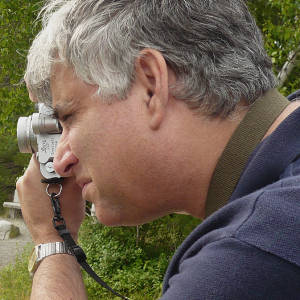LEICA, 100 Years. Leitz Elmarit 90mm
A few weeks ago, I was reminded of this book in my library by the passing of famous and brilliant Brazilian photographer, Sebastiao Salgado.
But a conversation yesterday with my talented photographer co-worker, reminded me also, that in 1925, the Leica camera was first presented to the world at the Leipzig Spring Fair. Its inventor, Oscar Barnack, a technician at the Leitz Optical Institute in Wetzlar, had the ingenious idea of constructing a small, portable camera around 35mm movie film. He convinced Ernst Leitz II, the company’s owner, that this was a viable, money-making project. Leitz decided to run with it, and the rest is photographic history.
LEICA, Witness To A Century was first published in 2003 in Italian. It’s a beautiful book depicting each model from the Ur-Leica of 1913, through all the iterations of Barnack’s original body shape - the Leica screw-mount cameras -, onto the Leica M era starting in 1954, and then the SLR cameras, trying to keep up with the Japanese competitors. Interspersed with this history are the works of the famous photographers of the 20th Century who used the Leica to show the world as it was. Indeed, there was a lot to show, and some of it horrifying to see. It was a symbiotic relationship between photographer and camera: neither could have succeeded without the other.
But now, Leica Camera is honoring their distinguished history on the company website with a fantastic presentation of their cameras over 100 years. Their century began in 1925. It’s worth a look, and here's the link. It’s a bit confusing, but if you keep scrolling using the mouse wheel, things start to open, and, things that are initially out of focus, pop into crystal clarity as one scrolls. It’s almost like focusing a lens manually.
Barnack’s brilliant invention required great skill to produce results, before the creative part of the process even began: judging the light for correct exposure, focusing accurately and quickly, anticipating the subject’s movement, all in the blink of an eye. And yet photographers learned how to do it, providing us with the iconic images of the last 100 years.
Today, we take these things for granted, along with the immediacy of digital photography, and the medium’s flexibility to change, say, from color to mono with the press of a button, or changing ISO on the fly to meet different light conditions. There could be no Blipfoto without it. It’s all so easy, but this is a good moment to reflect on how far we have come in 100 years.

Comments
Sign in or get an account to comment.


